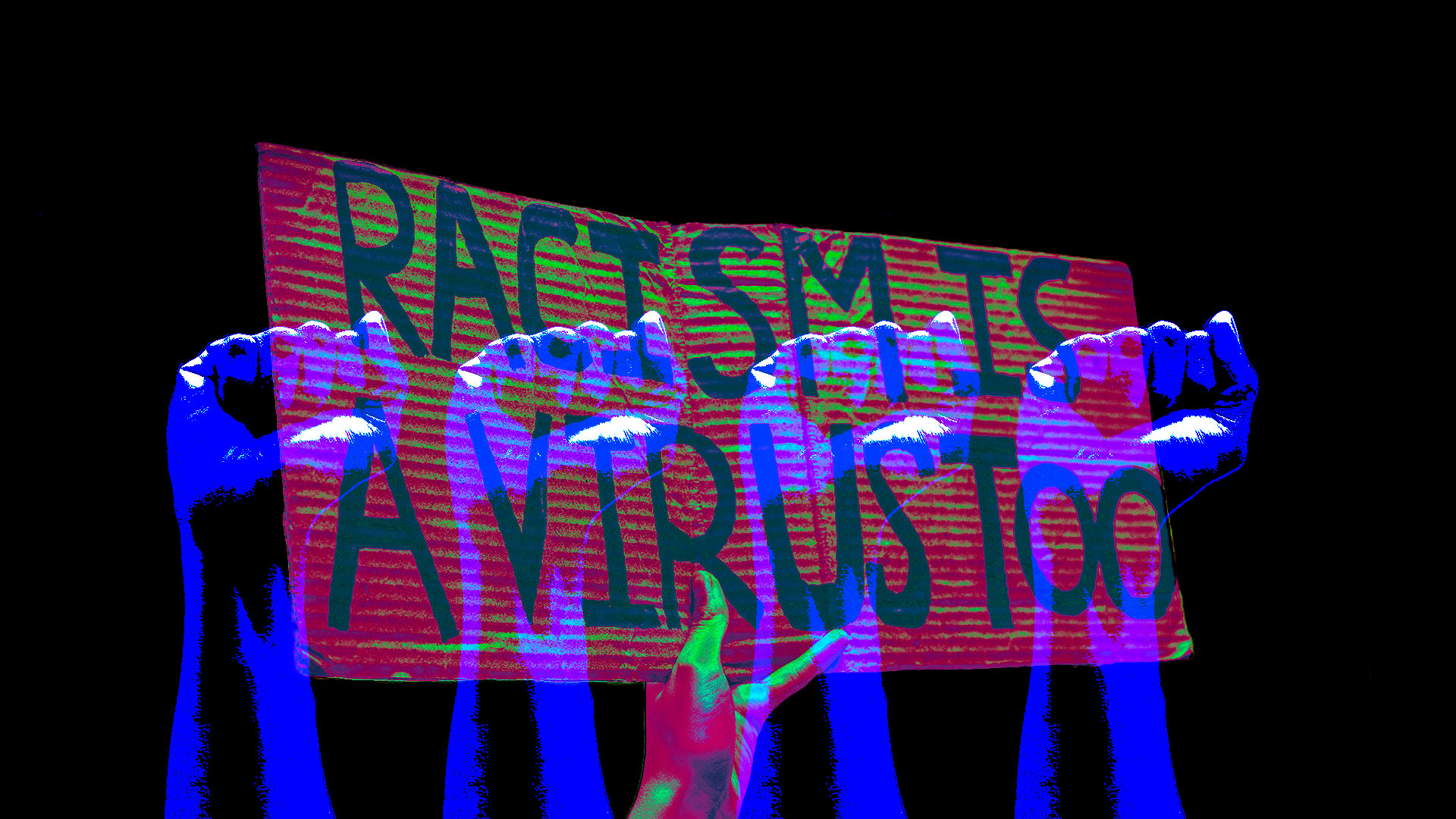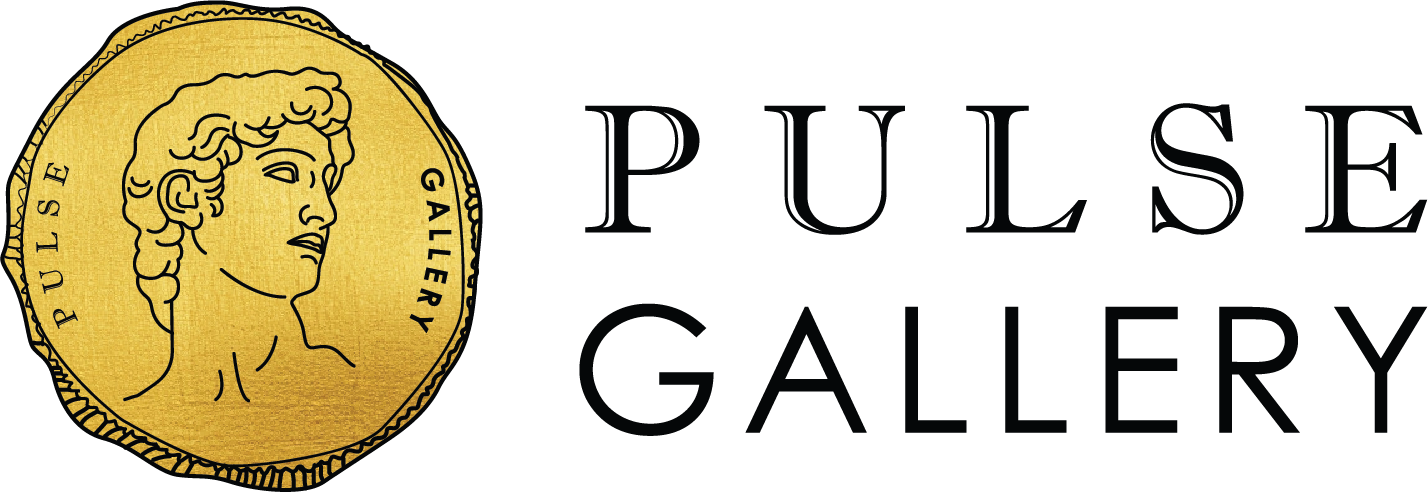What is racism? And what effects does it have on people?
22115
Racism takes many forms and can happen in many places. It includes prejudice, discrimination or hatred directed at someone because of their colour...

What is racism? What are its effects and how to stop it?
Racism
noun
- prejudice, discrimination, or antagonism directed against a person or people on the basis of their membership in a particular racial or ethnic group, typically one that is a minority or marginalized.
.....
What is racism?
The term ‘racism’ is often poorly understood. The Oxford Dictionary defines it as, "Prejudice, discrimination, or antagonism directed against someone of a different race based on the belief that one’s own race is superior." However, this is a simplified explanation of a complex issue.
The concepts within that definition, such as discrimination and racial superiority, are not always straightforward. Views on these concepts are often fluid, changing over time with new social contexts and new ways of thinking.
Racism is structural, institutional, interpersonal, and internalized.
What is race?
Race: Refers to the categories into which society places individuals on the basis of physical characteristics (such as skin color, hair type, facial form and eye shape). Though many believe that race is determined by biology, it is now widely accepted that this classification system was in fact created for social and political reasons. There are actually more genetic and biological differences within the racial groups defined by society than between different groups.
The concept of a ‘racial group’ comes from certain anthropological theories which have long been disproved. They were mostly developed in the late 19th and early 20th century in Western Europe, and claimed that humans could be divided into racial groups based on physical and behavioural traits linked to ethnicity, nationality, and related concepts like shared language. These theories were influenced by colonialism and imperialism, and the desire to show that non-white groups were inferior in order to justify the actions of Western nations.
The current use of the terms ‘race’ and ‘racial’ have developed because these false notions of racial difference have become embedded in the beliefs and behaviours of society, especially in Western nations. These notions influence all areas of life in Scotland to some degree, from social attitudes to the way organisations are run, making inequalities for Black and minority ethnic people continue over generations. This is known as ‘structural racism’. It can be seen on a personal level in people’s attitudes and behaviours; on a social level in how people talk to each other and make decisions; and on an institutional level in how organisations conduct their business (‘institutional racism’).
‘Race’ is strongly linked to skin colour. White populations across the world were not ‘racialised’ in the same way non-white populations were. So, although there are stereotypes about white minority ethnic groups in Scotland and these groups can face prejudice and discrimination, we would describe this as xenophobic prejudice rather than racism. CRER includes tackling inequality faced by white minority ethnic groups within our work where there is evidence to show they face a disadvantage, but our focus is primarily on tackling racism.
Why is racism a problem?
For anyone, experiencing abuse or comments that make you feel uncomfortable can have an impact on your wellbeing. It can impact your mood and if it happens often enough, this can negatively affect your self-esteem and confidence. Racism can also often make you feel unsafe or put you in physical danger.
Racism can make people of different ethnic groups feel unwelcome and isolated, and may even affect their opportunities to study, work and socialise. This can later affect their quality of life, access to health care and life expectancy.
Why are institutions important in understanding racism?
Institutions play an important role in perpetuating racism. They include schools, the court system, the media, and organisations. Institutions and history work together to give certain groups of people more of a say in how their country is built. In many countries, the making of the country means that most laws, schools and other bodies were shaped by the dominant and more powerful group, while the minority people were excluded from this process.
Power and racism
We’ve taken a look at how history and institutions add to racial disadvantages. But the most important way these two things work together is by creating an imbalance of power based on race. This is why a black person can use the n-word, or why Asian people can make jokes about their own race. There is no imbalance of power in that exchange. But when a dominant race uses certain language or makes stereotypical jokes about another race that lacks the same historical and institutional power, this is called ‘racism’.
Remember that it’s not just language that can be racist. Racist stereotypes can have a big impact on other aspects of a person’s life. Certain races and cultures are the targets of stereotypes that paint them as lazy, dirty or untrustworthy. This can have a pretty big impact on things like their job or housing opportunities.
What does racism look like?
The first step in tackling racism is recognising what the different types of racism look like, and identifying appropriate ways to handle them.
Casual or indirect racism
Subtle or ‘casual’ racism can also appear in the form of a ‘microaggression’. This is an intentional or unintentional offensive message that targets a person based entirely on their being a member of a minority group. Any form of racism is unacceptable, even a comment or an action that is subtle or occurs in a casual environment. It’s just not on.
Examples of casual racism include:
- intentionally choosing not to sit next to a person because you feel uncomfortable about the colour of their skin
- telling a person of a different race who was born and raised in Australia that they speak ‘good English’
- making fun of someone’s background, even if it's disguised as a joke.
Direct racism
This type of racism is conscious and intentional – for example, someone writing a negative Instagram post about a particular ethnic group.
Systemic racism: What is systemic racism?
This type of racism occurs when organisations in our society such as the government, media companies, police, hospitals and schools discriminate against certain groups of people. This stems from institutions and power throughout history, as we’ve discussed above. For example, the Black Lives Matter global movement is a direct response to police brutality against black people, including Aboriginal and Torres Strait Islander people.
A combination of systems, institutions and factors that advantage white people and for people of color, cause widespread harm and disadvantages in access and opportunity. One person or even one group of people did not create systemic racism, rather it:
- is grounded in the history of our laws and institutions which were created on a foundation of white supremacy;*
- exists in the institutions and policies that advantage white people and disadvantage people of color; and
- takes places in interpersonal communication and behavior (e.g., slurs, bullying, offensive language) that maintains and supports systemic inequities and systemic racism.
* In the above definition, the term “white supremacy” refers to the systematic marginalization or oppression of people of color based on a socially constructed racial hierarchy that privileges people who identify as white. It does not refer to extremist ideologies which believe that white people are genetically or culturally superior to non-whites and/or that white people should live in a whites-only society.
What are the impacts of racism?
Its effects range from daily interpersonal interactions shaped by race to race-based opportunities for good education, housing, employment, etc. It is reflected in disparities in, but not limited to health, wealth, income, justice, and voting. It also unfairly advantages individuals belonging to socially and politically dominant racial groups.
Add us on Line and stay in touch.
Why is history important in understanding racism?
History gives us an explanation for why some races face discrimination and disadvantages.
I'm not racist, so why should anti-racism matter to me?
Very few people could be fairly described as ‘racists’, but anyone can behave or think in a racist or xenophobic way. As previously explained, structural racism is deeply ingrained in our society. The result of this is that minority ethnic people, especially those who are more visibly minority ethnic, experience everyday racism. This has a big impact on their lives. It pervades all areas of life and is hard to challenge, so in some ways it can have a bigger impact than obvious forms of racism.
Everyday racism acts to silence and demean minority ethnic people, and reinforces the inequalities they face. For example, constantly being asked “Where are you from?” undermines people’s sense of identity and belonging, impacting their confidence, wellbeing, and mental health.
Structural racism can’t be dealt with simply by telling people it’s wrong to be racist. It can’t be dealt with by holding ‘diversity’ events, which often reinforce perceptions of difference and racial stereotypes.
To stop racism, we need to become anti-racist as a society. This means changing the way we think and act, and being prepared to challenge others to do the same.
What can you do about racism?
So, you’ve had a read about what racism is and what it can look like in day-to-day life – what can you do now? What’s important is that there’s always something you can do, whether it’s learning more or exploring how you can support people from different cultural backgrounds.
Get a monthly life hack direct from the doctor to your inbox. Subscribe. Like. Follow. Share :)

